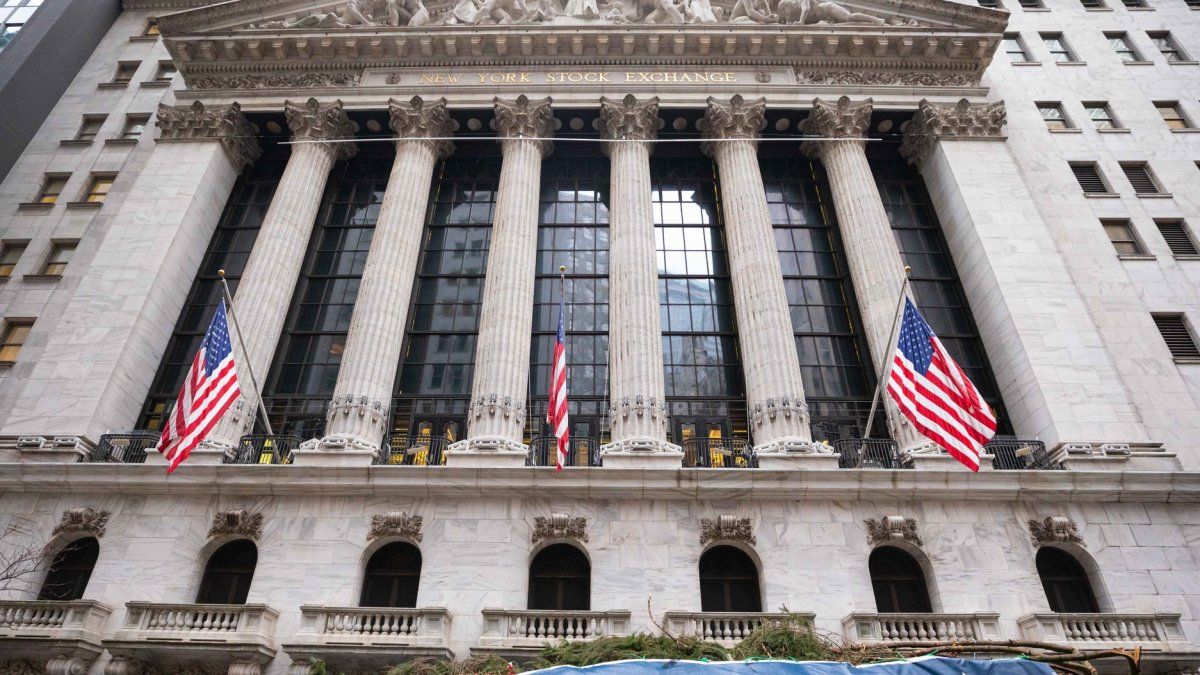New York Fed staff updated their models tracking vulnerabilities in the banking sector since March, yielding some conclusions.
Despite the apparent stability of American banking sectorthe growing vulnerabilities are raising concerns in the short term in terms of financial pressures and capital deficitsaccording to the analysis carried out by the staff of the Federal Reserve Bank of New York.
The content you want to access is exclusive to subscribers.
In a recent article published on the blog Liberty Street Economics, Matteo CrosignaniThomas Eisenbach and economist Fulvia Fringuellotti examine this situation and point out that, although the risks for the financial system are increasing, said increase remains at moderate levels and does not reach the critical levels observed prior to the global financial crisis. This trend is largely due to the reduction of the largest banks’ exposure to capital shortfalls and bankruptcy risks, as evidenced through the second quarter of 2023.


However, the blog authors warn that in the short term, there is a risk that banks will face losses on their securities portfolios, which could trigger financing problems and significantly weaken its capital levels. Despite the Federal Reserve’s claims about the stability and resilience of the financial system, recent problems that led to the bankruptcy of institutions such as the Silicon Valley Bank of California and Signature Bank of New Yorkalong with significant cash movements by depositors, raise questions about confidence in the system, especially in a context of high interest rates.
The delay of banks in passing on the Federal Reserve’s interest rate increases has led depositors to look for more profitable alternativessuch as money market mutual funds, which could result in losses in securities portfolios and weaken banks’ capital levels.
Banking crisis: the exposure of the financial system
The banking crisis that occurred in March 2023 revealed the vulnerability of the banking sector to abrupt changes in interest rates, as banks were unable to adjust quickly enough. Although the situation has improved as the end of the rate hike cycle approaches, the risk remains that higher rates over a prolonged period will lead to additional outflows and greater losses on banks’ securities holdings, which would require greater financing to replenish them. This is reflected in short-term markets, where banks are willing to pay to prevent a decline in their cash holdings and protect themselves against potential withdrawals of deposits.
New York Fed staff have updated their models tracking vulnerabilities in the banking sector since March, yielding the following conclusions:
- The capital vulnerability index, based on the 2008 crisis, is currently at historically low levels, around 1.55% of GDP. However, compared to recent levels, it is still considered relatively high due to banks’ exposure to a possible sudden drop in securities value after an increase in interest rates.
- The Fire Vulnerability Index, which now includes unrealized losses across all securities, remains elevated but has decreased from the peak seen in March 2023.
- The Liquidity Stress Ratio has increased since early 2022, driven by a shift toward less liquid assets and less stable financing.
- The Execution Vulnerability Index shows an increase from the beginning of 2022, due to increased leverage, as well as an increase in unstable financing and illiquid assets.
Source: Ambito
I am a 24-year-old writer and journalist who has been working in the news industry for the past two years. I write primarily about market news, so if you’re looking for insights into what’s going on in the stock market or economic indicators, you’ve come to the right place. I also dabble in writing articles on lifestyle trends and pop culture news.




